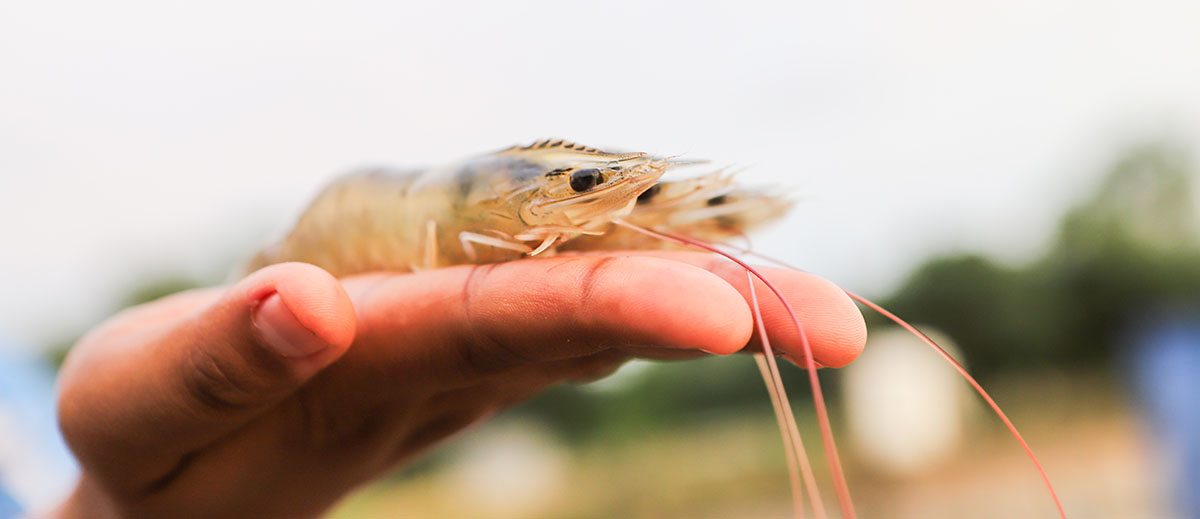
ACCELOBAC® AG and ACCELOBAC® AGS are culture blends of strains of Bacillus subtilis, B. licheniformis, B. megaterium, and B.polymyxa. It contains special microbial cultures selected for their ability to produce large quantities of digestive enzymes in an aquatic environment. The high initial spore count/gram means that the product will have a long shelf life because spores are the most resistant form in the life cycle.
USES: ACCELOBAC® AG and ACCELOBAC® AGS are formulated for freshwater and brackish water systems and . They are used to reduce the accumulation of sludge. ACCELOBAC® AG is formulated on a wheat bran carrier. ACCELOBAC® AGS is formulated on a soluble salt carrier.
ACTIVITY: Individual activity levels for each product are included in the Tech Sheets below
Our goal is to increase your productivity by helping you to adopt innovative water technology and treatment methods for water treatment, recirculating treatment, and effluent treatment and reuse. As the Aquaculture industry grows, consumers want sustainably farmed fish that is great tasting, healthy, and local. To meet these demands, American Biosystems allows producers to optimize cultivation conditions and maximize production efficiency.
According to Globe Newswire, the global Aquaculture market is projected to be worth more than $245 billion by the year 2027. That is extraordinary growth considering the productivity hindrances that have arisen as a result of rising global health concerns. Today, the global aquaculture market is valued at USD 180.
These projections are based partially on the 4.4% growth observed between 2020 and now, which is expected to rise to 4.7% or better over the next few years. These projections are based on world market trajectories, market influencer insights, and an anticipated spike in global demand.
Sustainable growth of aquaculture requires profitability and development in waste management. The key to waste reduction in aquaculture is optimization. This can be achieved through superior planning, technique, and technology. These include tank design, filtration methods, radiation application, and more.
Waste management decisions must be tailored to the needs of the farm within the given watershed. Research shows that round tanks are more efficient in removing waste than rectangular tanks. Tandem drains allow for continuous removal of waste while the flow is reused or discharged. The circular flow principle has been successfully applied to retrofit raceways by modifying flow in the quiescent zone.
But most importantly, these improvements are possible through the use of the highest quality enzymes and the finest ingredients. In the same way, human health can be improved by managing the gut biome, so waste can be reduced through these means, thereby improving productivity and the quality of your end product.
Examples include, but are not limited to;
A Gram-positive bacterium, rod-shaped, catalase-positive, and renamed Bacillus subtilis by Ferdinand Cohn in 1872. It is found in the upper soil layers and is thought to be a common gut flora in humans.
Enzymes are indispensable components for any living organism, without them, life as we know it could not exist. Enzymes accelerate chemical reactions by reducing the amount of energy needed for reactions to begin. First, the enzyme binds reactant molecules, positioning them to react and break molecular bonds to produce the final products.
Equally essential for shrimp as they are for fish, enzymes enable and promote phosphorous optimization, protein optimization, as well as carbohydrate and lipid optimization.
Feeding enzymes to shrimp and fish is a major nutritional advance in aquaculture in recent years. Exogenous enzymes are used extensively to eliminate anti-nutritional effects, improving the use of amino acids and dietary energy, resulting in enhanced performance in fish and shrimp.
American Biosystems brings industry-leading knowledge, experience, and capabilities addressing the needs of multiple industries and markets.
We offer the highest quality and value in the industry by supplying the finest enzymes and quality ingredients. We are committed to being environmentally responsible while serving customers worldwide, across 15 countries
Necessary cookies are absolutely essential for the website to function properly. This category only includes cookies that ensures basic functionalities and security features of the website. These cookies do not store any personal information.
These cookies are used to analyze how people use our website. They are not strictly necessary to the site's function, but do help us make sure that we provide the best possible user experience.